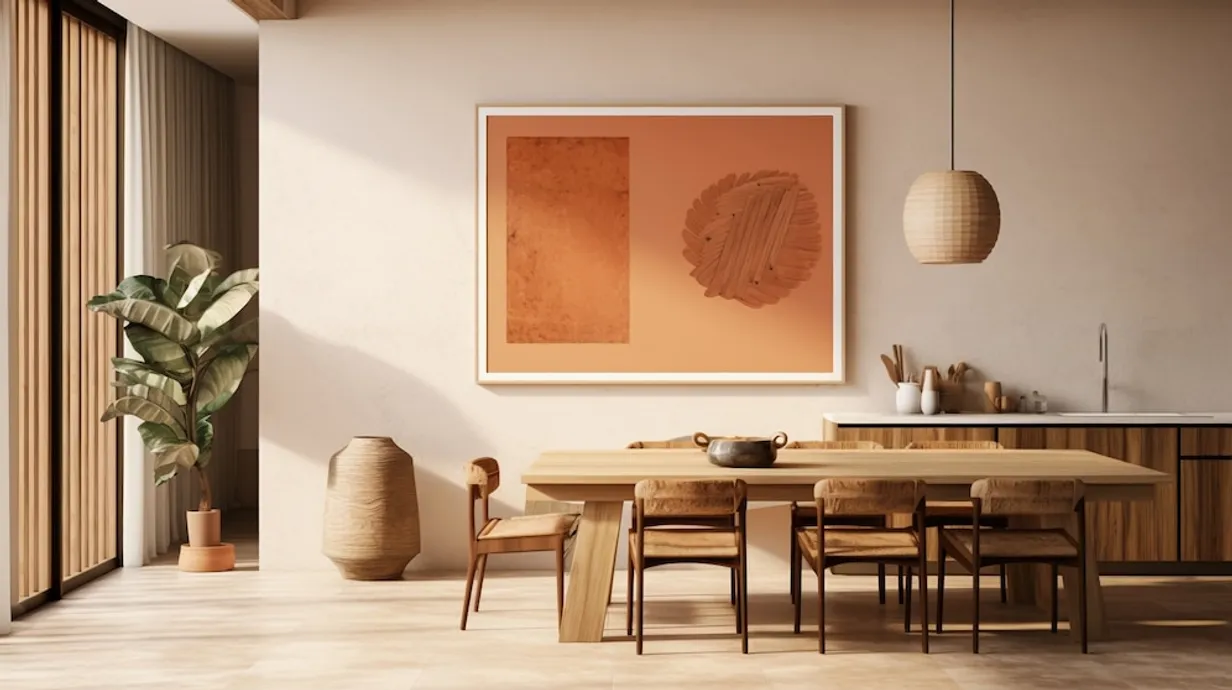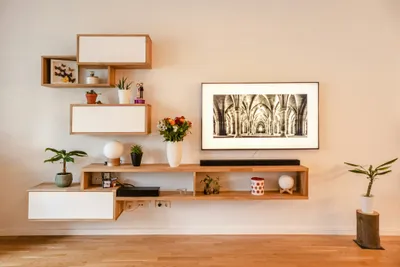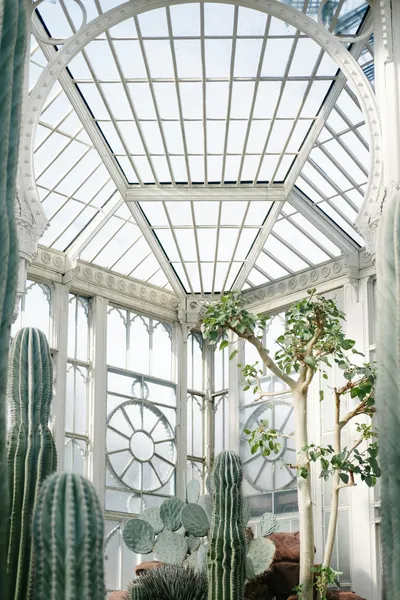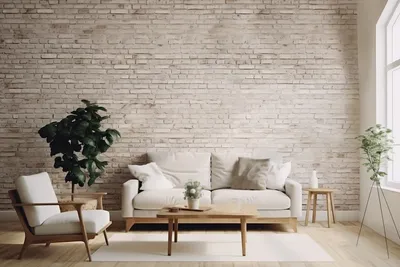The Essence of Minimalism in Home Decor
Embracing minimalist home decor is more than just choosing a few pieces of furniture or painting walls in neutral colors. It's about finding a delicate balance between functionality and design, creating spaces that are both practical and visually appealing. The minimalist design philosophy centers on the idea of less is more, focusing on the essentials to achieve a serene and clutter-free home that promotes tranquility and mindfulness. In this guide, we'll explore the 5 key elements that are fundamental to minimalist home design, helping you create a haven of simplicity and elegance.
1. Neutral Color Palettes
Neutral colors are the cornerstone of minimalist home decor. Shades of white, beige, grey, and soft pastels create a calm and cohesive look that can make a space feel larger and more open. These colors serve as a perfect backdrop for letting your few, carefully chosen decor elements shine. Incorporating a neutral color palette doesn't mean your space needs to be devoid of color, though. Accent pieces like cushions, artwork, or a single colorful piece of furniture can add a touch of personality to a minimalist room without overwhelming it.
2. Clean Lines and Simple Forms
The beauty of minimalist design lies in its simplicity. Furniture and decor with clean lines and simple, geometric forms are key to achieving this look. Avoiding ornate details and complicated patterns helps maintain a clutter-free environment where every item has its place and purpose. This simplicity doesn't just apply to furniture; it extends to architectural elements and room layouts, advocating for open, breathable spaces that promote freedom and movement.
3. Functional Over Decorative
In minimalist home decor, functionality is always prioritized over decorative appeal. This means selecting furniture and decor items that not only look good but also serve a practical purpose. Multi-functional pieces, like a coffee table with hidden storage or a sleek, modular shelving unit, can help reduce clutter and make the most of your living space. This principle encourages a more intentional approach to decorating, where each item is carefully considered before becoming part of your home.
4. Emphasis on Lighting
Lighting plays a crucial role in minimalist home decor. It can open up spaces, create a warm ambiance, and highlight the simplicity and elegance of your minimal decor. Natural light is particularly important in minimalist design, so consider ways to maximize it, such as using sheer window treatments or strategically placing mirrors to reflect light. Artificial lighting should also be simple yet effective, with fixtures that have clean lines and understated designs.
5. Thoughtful Decluttering
The final, and perhaps most important, element of minimalist home design is decluttering. Minimalism is as much about what you choose to keep as what you decide to let go. Regularly reevaluating your possessions and removing items that no longer serve you or fit your aesthetic can keep your home feeling fresh and ensure that it truly reflects your personal style and values. Remember, minimalism isn't about creating empty spaces but about creating spaces that feel right to you.
Implementing these 5 key elements can help you achieve a minimalist home that is both beautiful and functional. Remember, the goal of minimalism is to simplify your life and create a space that offers peace and clarity. Start small, be intentional with your choices, and enjoy the process of transforming your home into a minimalist sanctuary.
Like our design see our other topics
We have helped find related design topics for you to help your searches at Plain Jane designers




